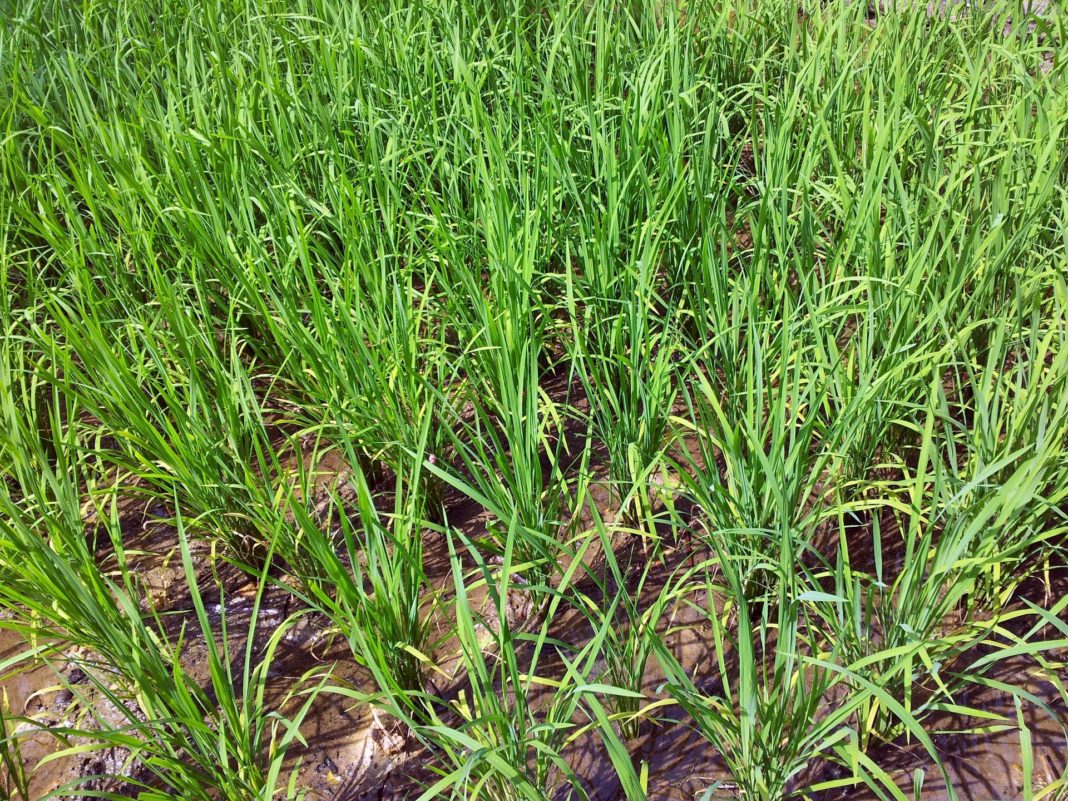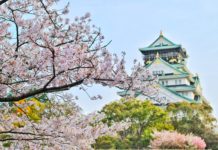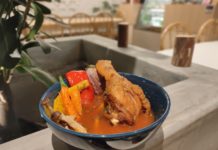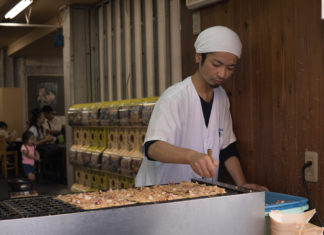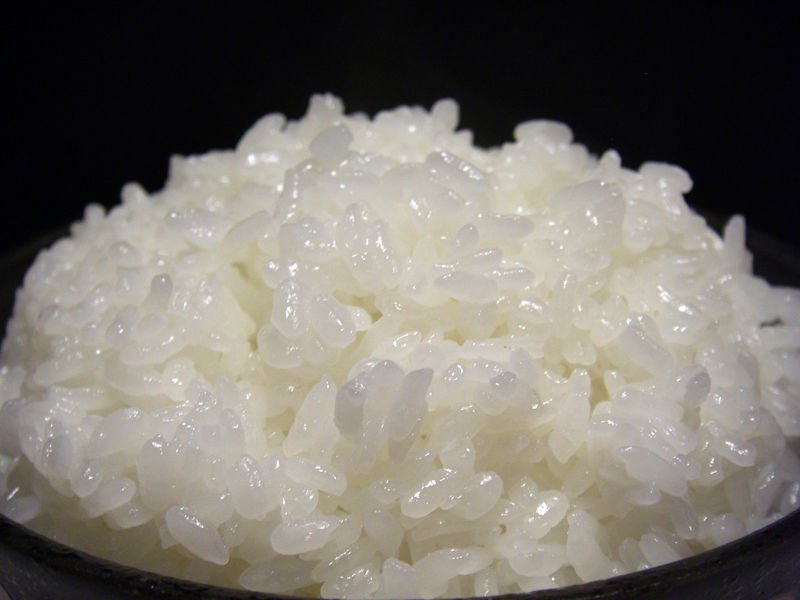
Rice is Japan’s most essential harvest, and has been produced by the nation for more than 2,000 years. It is an essential staple sustenance in the Japanese diet and holds high significance in the Japanese culture as it was once utilized as money. The word for cooked rice (gohan) has turned out to be synonymous with the word “feast”.
While a bowl of cooked rice is a focal piece in a customary Japanese meal, it is normally fused with either liquor, vinegar, or flour to heighten its flavor and produce various rice-based delectable eats.
These are the types of Japanese rice:
White Rice (Hakumai)
Japanese rice is short-grain and winds up noticeably sticky when cooked. The dominant part of Japanese rice is cleaned to remove the hard external skin (rice grain) and expended as hakumai (“white rice”). White rice is the foundation of Japanese cooking and present in all Japanese cuisines.
Brown Rice (Genmai)
Unpolished rice is less ordinarily sold as it is initially not thought to be as flavorful as white rice. Nonetheless, it has been, as of late, picking up ubiquity as a symbol of sustenance since it is more nutritious than white rice. The external grain holds a significant part of the vitamins and minerals.



